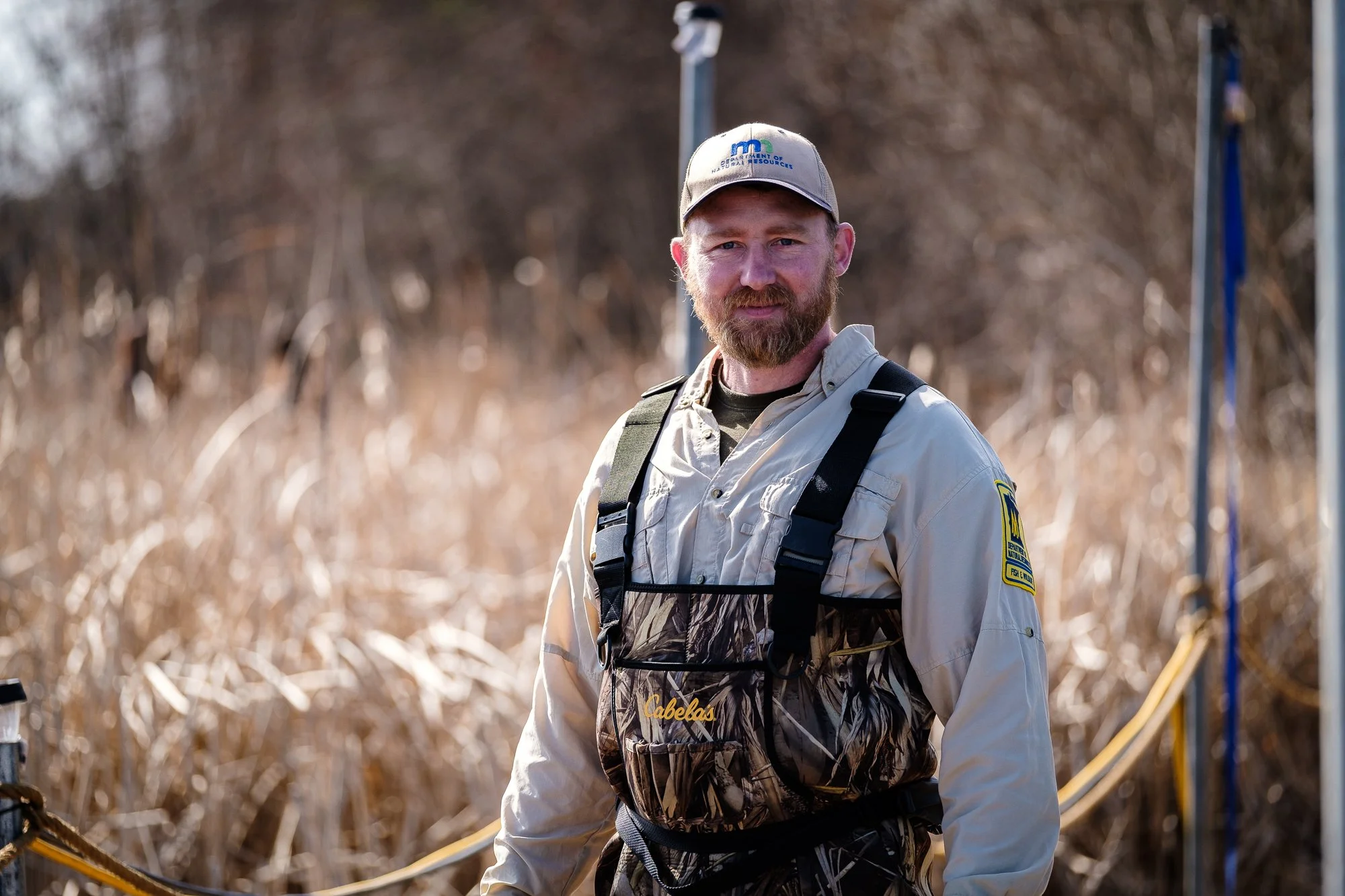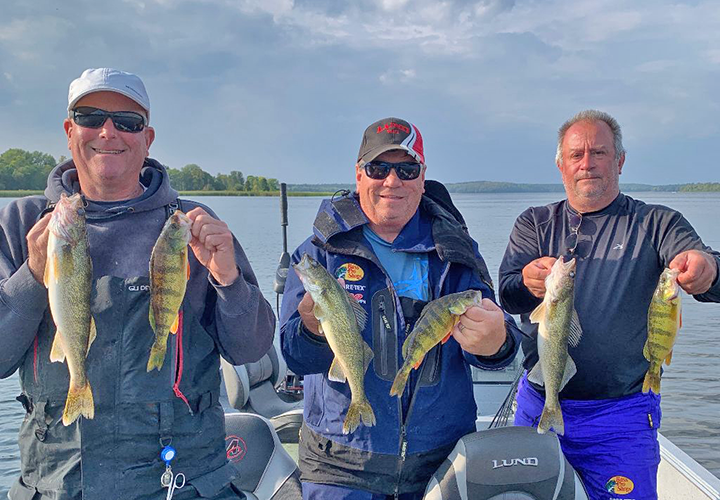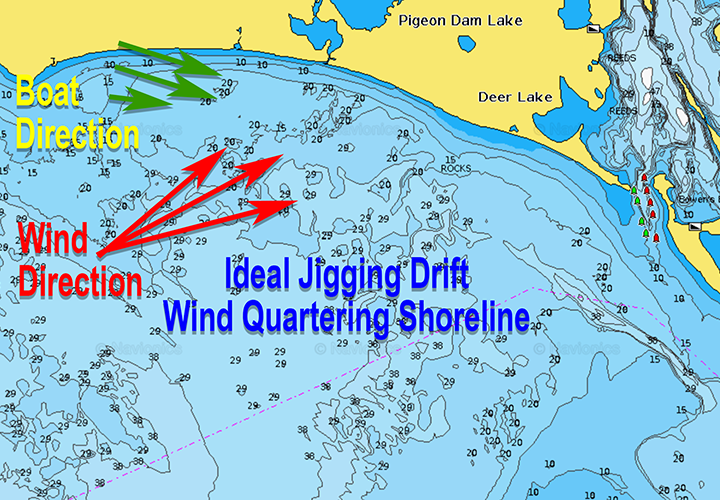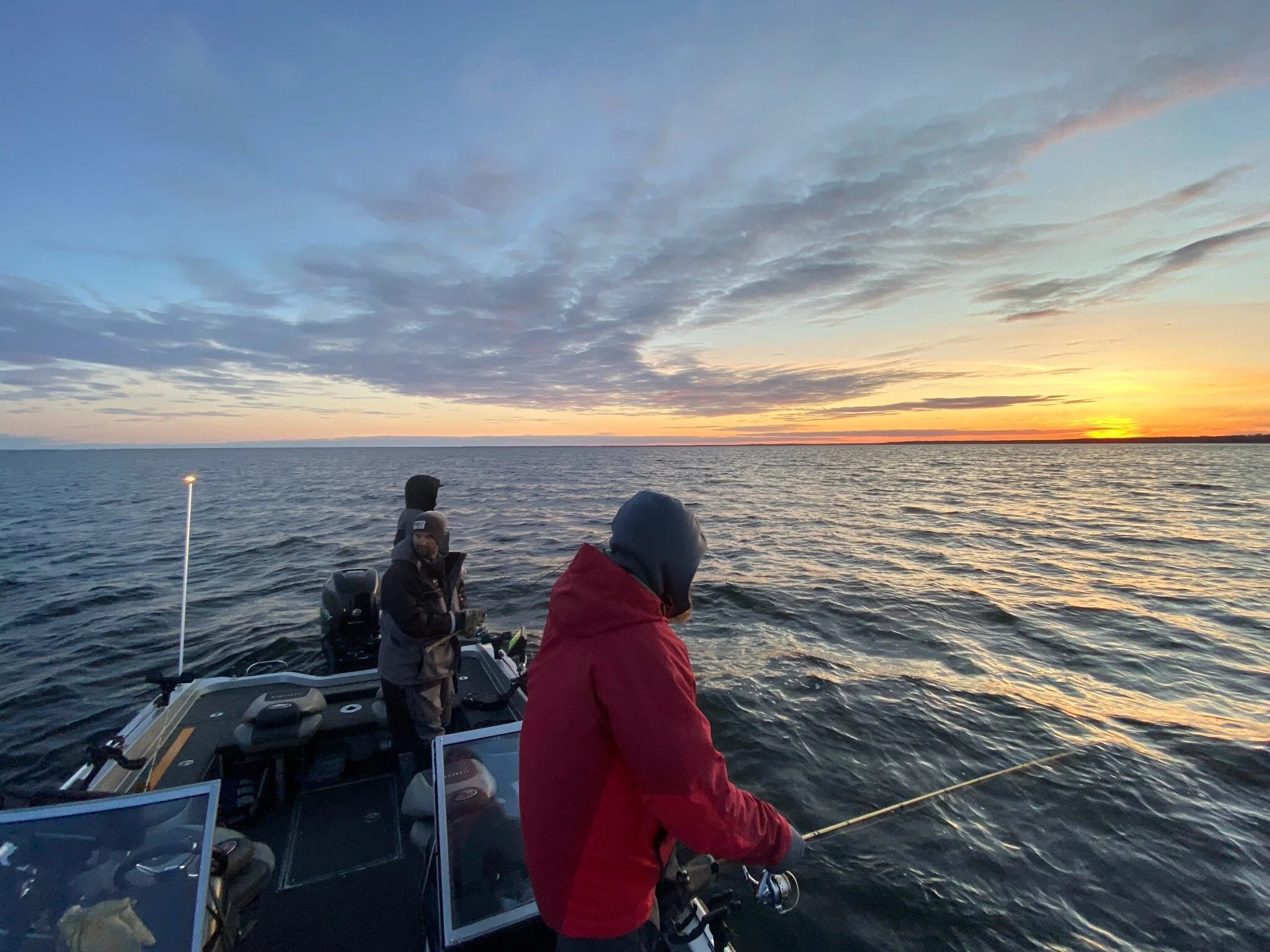Since our last Lake Winnibigoshish Cutfoot Sioux Fishing Report, the weather makes it feel like we’re further away from fall this week than we were last week when we reported that fish were transitioning into fall fishing patterns. Warmer daytime air temperatures and more sunshine have momentarily stalled the cooling cycle. Surface temperatures remain steady, holding in a range between 63 and 66 degrees, depending on where we fish throughout all the connected lakes.
Bowen Lodge Fishing Customers, Guided by Jared Saufferer
Lake Winnie and Cutfoot Sioux both still provide plenty of opportunities, but you’ll notice that certain methods, certain times of the day, and certain weather patterns bring out the best in which species will bite best, and when they’ll do it.
For Jared Saufferer, our “in house” fishing guide, jig and minnow combinations have been better for walleyes when fishing Cutfoot Sioux. On the main lake, where he’s been fishing primarily the north central shoreline structures, along with some of the deeper, mid-lake bars of Winnie, trolling spinners have been reliable too. Spinning has also been a staple presentation for some of our guests and guides that we’ve been hearing from. Jeff “Cubby” Skelly. Pictured below, turned in a solid performance on Monday.
Skelly’s crew trolled spinners in water depths ranging from 6 to 9 feet, on one of the lake’s large sand flats. There was a stiff breeze that day, which contributed to the effectiveness of that shallow presentation. Other folks fishing in the same area also caught fish using jig and minnow combinations, and there were reports of walleyes caught by others who were trolling shallow running crankbaits. Naturally, some folks were chomping at the bit to fish in that same region on Tuesday.
Once the winds subsided though, fishing action on that flat slowed. While there were still some fish caught on that shallow flat this Tuesday, folks who succeeded not only put more effort into catching them, but they stayed on the lake longer to catch them. The key, knowing when to go to any given spot, is directly related to weather conditions at the time of your trip.
Our suggestions for the where and when of walleye fishing are simple; on breezy days, follow the wind and use the walleye chop to select the best shallow spots. On calm days, follow the structure in deeper water and locate fish on your electronics before dropping a lure into the water. A third choice, fishing the evening bite, applies to folks who lack the gear, or the expertise to use either of the first two options.
Shallow Water - Last week we wrote, “Winnie’s water conditions have been clearer this season than they were last year and as water temperatures cool, clarity is increasing even more.” Because walleye feeding patterns are heavily influenced by water clarity, a healthy cop on the surface is required to get fish moving in the shallows. When the wind blows, check your map, and select areas that are likely to be exposed to a workable wind.
For drift fishing with jigs and minnows, Sundin like’s wind “quartering” into the shoreline.
For Jeff Sundin, workable means selecting an area where the waves are quartering into and along the structure he wants to fish. “I avoid areas where the wind is blowing straight into, or off of the shoreline,” he says. “I want to use the wind to help me create a controlled drift, one where the waves slapping the transom give something to push against. That incoming pressure allows me not only to pin the boat to a desired depth, but also to help control the speed of my drift. Most often, I’ll deploy a drift sock off the bow to provide additional control, and to hold the bow parallel to the structure.”
For Dale Anderson, locating fish in deep water is all about using his electronics. Following structure, Anderson scans both below, and to the sides of his boat using down imaging, and side scanning. When fish are spotted, Anderson stops, and directs his crew about where to cast their lures for maximum efficiency.
The water depths most likely to be effective this week are 16 to 24 feet of water, depending on the location and the weather. The presentation most likely to be used this week will be jigs and minnows. But there are other presentations that could work too, slip bobbers, jigging Rapalas, and even deep running crankbaits.
Just because you may not see the fish does not mean that you cannot catch the fish. If you do not have side scanning electronics, you can still locate fish on conventional down imaging sonar. Bear in mind that walleyes, especially on calm days, are liable to become “boat shy”. So, if you spot fish below your boat, mark the spot, then move off to the side and cast to the area instead of fishing vertically. Even anglers with the most rudimentary electronics can follow the edges of structure and cast out and away from the boat. This method of “casting blind” may be less efficient than using advanced electronics but has been effectively used for decades to produce great catches of fish.
The evening bite has been the great equalizer all summer long. Following shoreline structure in water depths of 8 to 16 feet and trolling crankbaits will produce fish.
When the wind blows, especially on cloudy days, drifting the shallow breaklines, or on shallow rocky structure using jig and minnow combinations will also produce both perch and northern pike. The perch are nomadic right now because they are chasing down schools of young perch, most of them just hatched last spring. Whenever the large schools of bait are located, perch are likely to be found. Key depths are 6 to 8 feet along shoreline breaks, on structure, like rocks, or in the vegetation on shallow flats.
Crappies moved into open water for a time, and were heavily pursued, especially in both Little and Little Cutfoot. Folks who got in on the early run, had good fishing. Today, many of those fish have moved, and catching them consistently requires more investigation. Until the next cold snap, crappies are more likely to be found in cabbage, coontail and other deep-growing plants. Spinners tipped with minnows are a good search tool, but, once located, jigs tipped with soft, action tail type plastics. Paddle tails, twirl tails and spin jigs will be more efficient.
It won’t be long before we begin winding down and focusing on hunting, more than fishing, but that hasn’t happened yet! We’ll be monitoring conditions and reporting on the next phase of the fall migrations. Stay Tuned!














